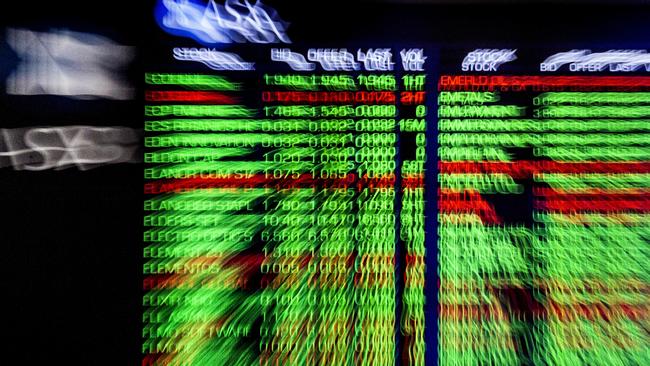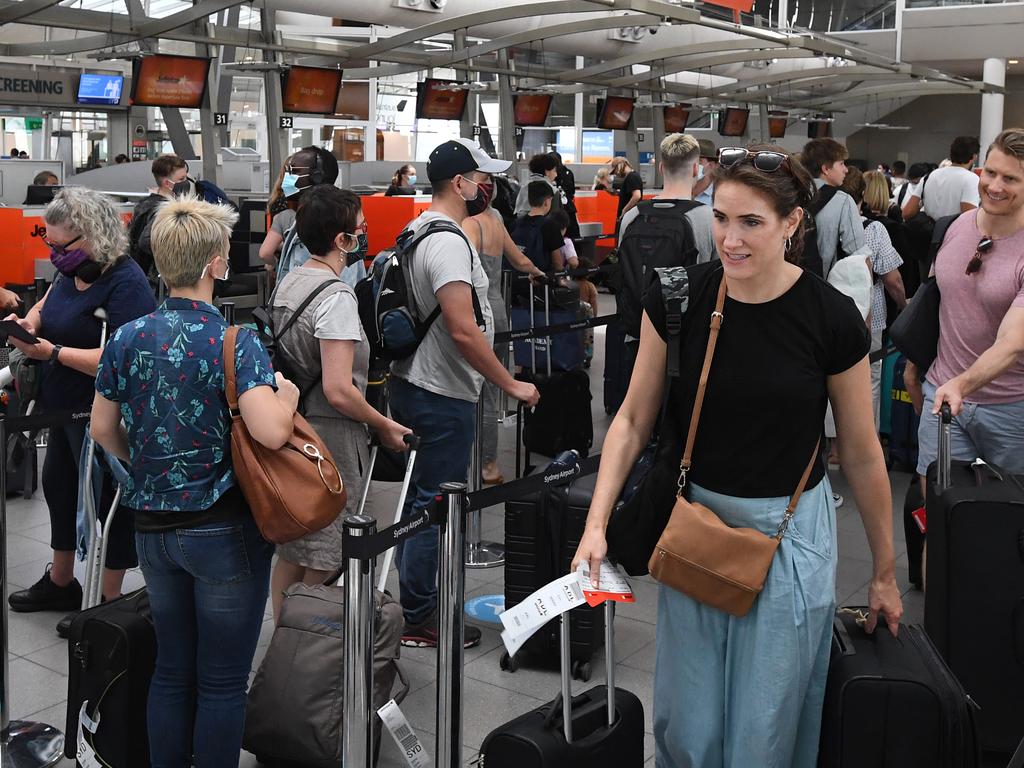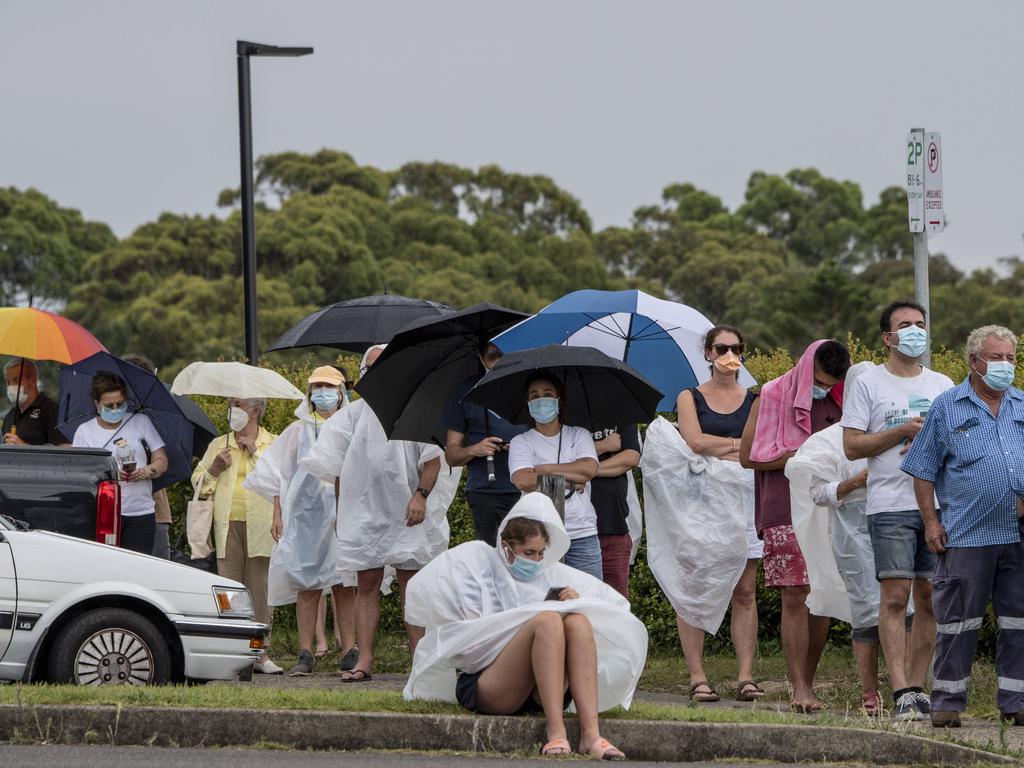Markets brace for fallout as Sydney battles Covid-19 outbreak
Local markets are on tenterhooks as the coronavirus outbreak in Sydney’s northern beaches reaches a critical stage.

Local markets are on tenterhooks as the coronavirus outbreak in Sydney’s northern beaches reaches a critical stage, with Victoria and South Australia closing their borders to greater Sydney.
The futures market pointed to a 0.2 per cent fall in local equities at the open on Monday, although analysts said the reimposition of border restrictions would weigh heavily on hospitality and tourism-related stocks. “The economic impact is what matters,” AMP head of investment strategy and economics Shane Oliver said.
“If things are under control by Wednesday we’ll barely notice the impact, but the impact will be much greater if there are further lockdowns.”
While the emergence of the Sydney cluster weighed on Australian shares on Friday, the local market still rose 0.5 per cent for a seventh consecutive weekly gain.
There was a positive global lead, local economic data was stronger than expected, and oil, metal and iron ore prices rose.
The consensus, however, was that share prices are stretched after a strong run since early November, with COVID-19 and associated risks the main near-term threat.
NSW had 23 local cases and seven acquired from overseas on Saturday, with 30 local cases and a further six from offshore on Sunday.
The number of tests spiked from 7531 on Saturday to 28,210 on Sunday, with the positive testing rate falling from 0.4 per cent to 0.13 per cent.
While the number of confirmed cases rose, the proportion of positive results declined.
The concern is that the NSW outbreak could resemble the strict lockdown in Victoria, when the outbreak caused a two percentage point reduction in national gross domestic product in the September quarter.
In the three months to September 30, the economy roared back to life, registering a growth rate of 3.3 per cent after an extraordinary 7 per cent contraction in the June quarter.
If it hadn’t been for Victoria, the growth rate could have been about 5.5 per cent.
Dr Oliver said the national impact of a Victorian-style lockdown in NSW could be more significant, as the state’s economy was larger.
“The potential impact could be 2.5 percentage points, or $12.5bn, lopped off GDP in the March quarter, but I don’t think it would be that bad, for a number of reasons,” he said.
“Firstly, NSW has caught it earlier — Victoria wasn’t put into lockdown until there were about 100 cases per day.
“Secondly, the virus doesn’t spread as easily in summer, and thirdly, NSW is better at tracking the virus.
“Also, if there is a broader lockdown in NSW, it would probably be relatively brief and in January, when part of the wider economy shuts down anyway.”
While there was a lot of uncertainty for the market to worry about, Dr Oliver said JobKeeper was still available to minimise the pain, as were the loan deferrals offered by the banking industry.
There was also the looming benefit from a vaccine rollout.
Dr Oliver said AMP’s Australian economic activity tracker had moved higher and was now above where it was a year ago.
“Of course, this was before the latest outbreak in NSW, which may cause a bit of a setback depending on how quickly it’s brought under control,” he said.
“In the meantime, it suggests that the strong rebound in the economy has continued through the current quarter.”
On Wall Street on Friday, all three major benchmarks closed marginally lower, in a disappointing end to a week of fresh record highs.
The Dow Jones Industrial Average was down 0.4 per cent, the S&P500 gave up a similar amount, and the Nasdaq eased 0.1 per cent.
Locked stocks finished 81.2 points, or 1.2 per cent, lower at 6675.5.
Despite this, the market still finished 0.5 per cent higher for the week for its seventh straight weekly gain.





To join the conversation, please log in. Don't have an account? Register
Join the conversation, you are commenting as Logout